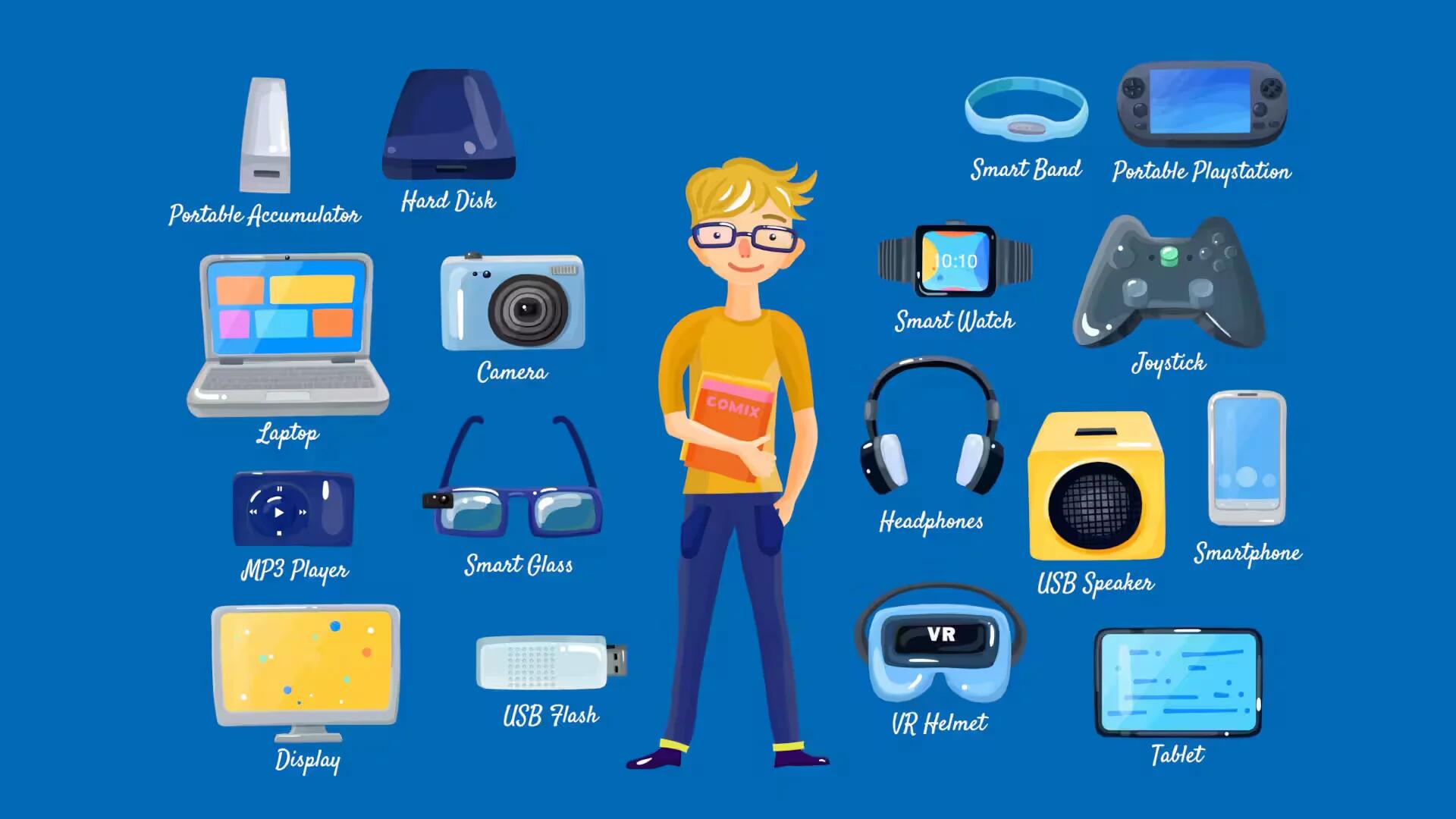
The Android OS offers lot of features, functionality, and an open architecture that threatens to blow away everything else on the market. Many of the features available on the Android Smartphones can cause the batteries to be drained very quickly. So you can try out the power saving options given below
Ask your phone what is using the largest percentages of power. (Settings About phone Battery use) If you ask Android what’s using what percentage of available battery power, it will tell you. The vast majority of the time the biggest power hog is the display.
- Tell the device to only use 2G networks. (Settings Wireless controls Mobile networks Use only 2G networks) If you do not need access to high speed data, or there is no 3G network where you live, you can tell Android to only use 2G mobile networks. You will still have access to EDGE network data and WiFi if needed.
- Reduce the brightness of your display. (Settings Sound & Display Brightness) Most people can see an Android display quite well with the backlighting feature turned off. Move the slider all the way to the left, and then try using the device that way. If you can’t see it well in that setting, move the slider to the right only as far as necessary to view the display comfortably.
- If your device has an AMOLED screen, always use a black background. AMOLED screens can reduce power usage sevenfold by displaying black instead of white or any other color. When searching on your phone you can also use Black Google Mobile at bGoog.com to get standard Google results (including images) all in black
- Set your screen timeout to the shortest length possible. (Settings Sound & display Screen timeout) This setting tells the device to turn off the screen after the selected period of inactivity. The shorter the period, the less power your display will use. The setting options vary from phone to phone.
- Turn off the wireless feature when not needed. (Settings Wireless controls WiFi, or get the Wireless Settings free app) The wireless networking transmitter uses quite a bit of power. Even when the device is not connected to a network, it will continue to search for one on a regular basis.
- Turn off the Bluetooth feature when not needed. (Settings Wireless controls Bluetooth) For the same reasons as you should turn off WiFi, turn off the Bluetooth feature if you are not using it.
- Turn off the GPS. (Settings Security & location Enable GPS satellites) When the GPS receiver in your Android device is active it looks for satellites, and its processor prepares information to be sent to any application that needs it, regardless of whether an application that uses the GPS is running or not. If you are not navigating, turn off GPS and let the device use whatever alternative location services your wireless network provider may offer.
- Use the Power Control widget. (Home screen Menu Add Widgets Power control) As of Android 1.6, there is a widget that you can place on any one of your home screens that gives you quick control buttons for WiFi, Bluetooth, GPS, Push sync, and screen brightness (three levels). Use this to control your settings and turn them off to save battery power, as stated above. This is a nice easy shortcut.
- Turn off the phone vibration function. (Settings Sound & display Phone vibrate) The tiny device inside your phone that generates the vibration uses power every time it is activated. Alternatively, set the ringer volume all the way off, past the Vibrate setting.
- Do not leave applications running when you don’t need them. Close them and return to the home screen.
- Put your phone on standby mode when you are not using it. Simply press the red “End call” key and the display will darken. Press it again and it will light up.
- Put the device in “Airplane Mode” while on an airline flight. Press and hold the “End call” key until a menu is displayed. Select the mode to turn off your phone’s transmitter. This will allow you to use the phone while in flight. Of course, if you don’t plan to use the phone, turning it off completely by selecting “Power off” is the ultimate power saving tip! To power on the device, press the “End call” key.
- When traveling, take your charger as well as a USB cable with you. Most airports offer free charging devices or power outlets, but some may only offer a USB port to charge your phone. Many airliners also have power ports somewhere near your seat that you can use to charge your device during the flight, either while in “Airplane Mode” or while you are using the in-flight wireless service on flights where it is available.
- Install a power management app on your device. There are several apps in the Android Market that specialize on managing power on Android devices. Most do this by controlling the activation and deactivation of systems on the device that consume power, such as the radio, screen, data and GPS. Some allow you to select how aggressively the app will control power. Search for “power manager” on the Android Market for some examples.
Spare batteries for Android devices can be found at good prices from aftermarket sources. Your wireless provider may also occasionally offer specials on original equipment batteries. Carry one with you and keep it charged.
